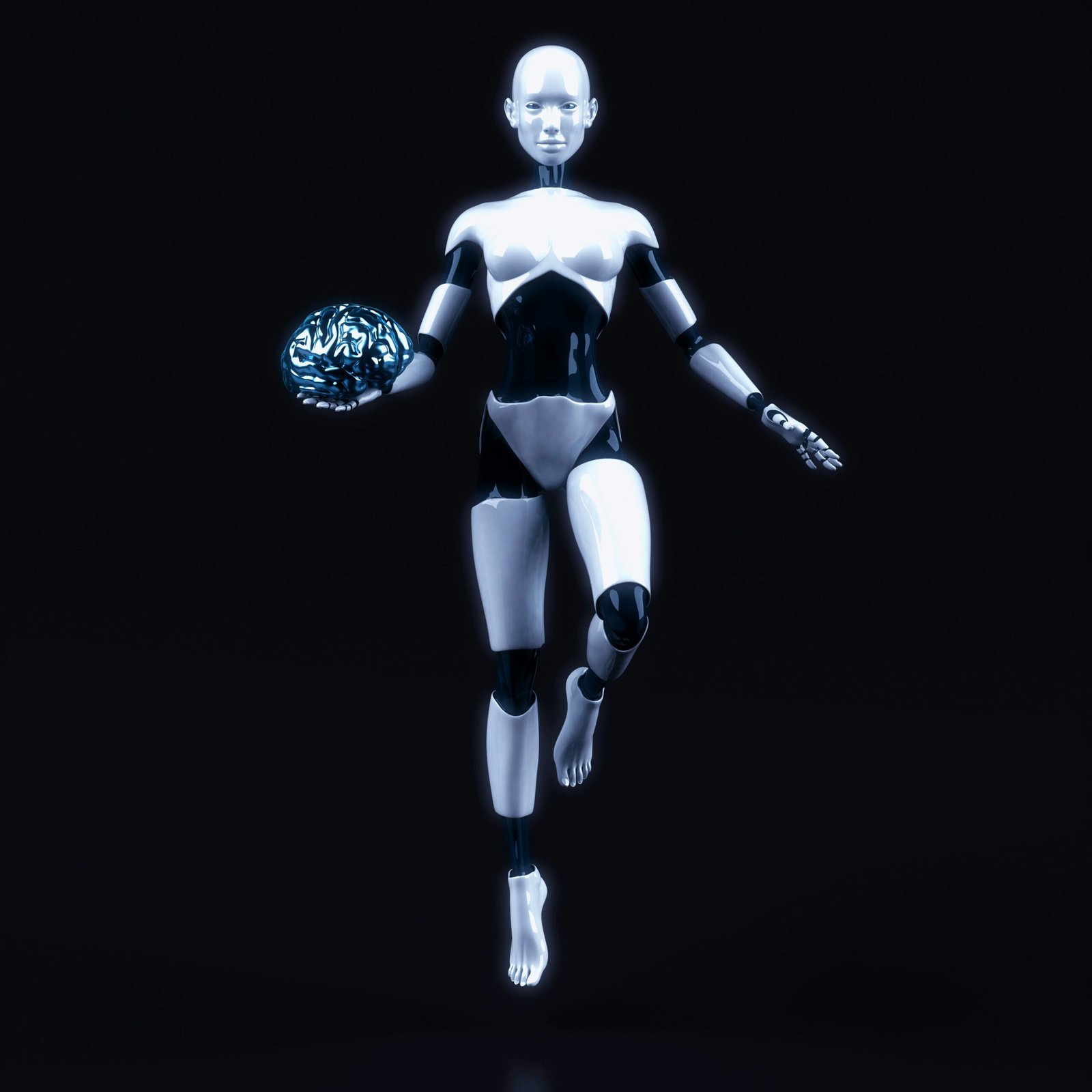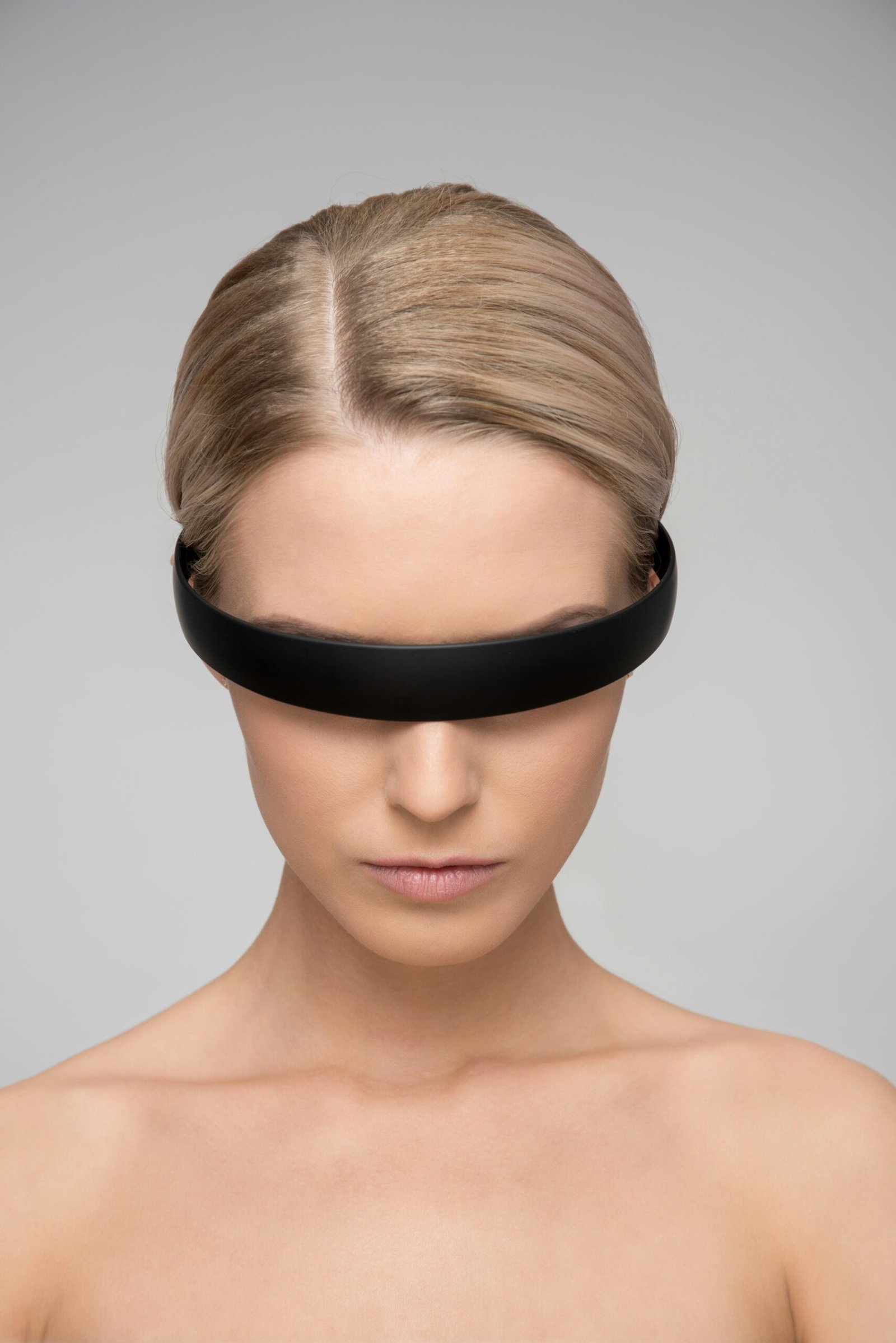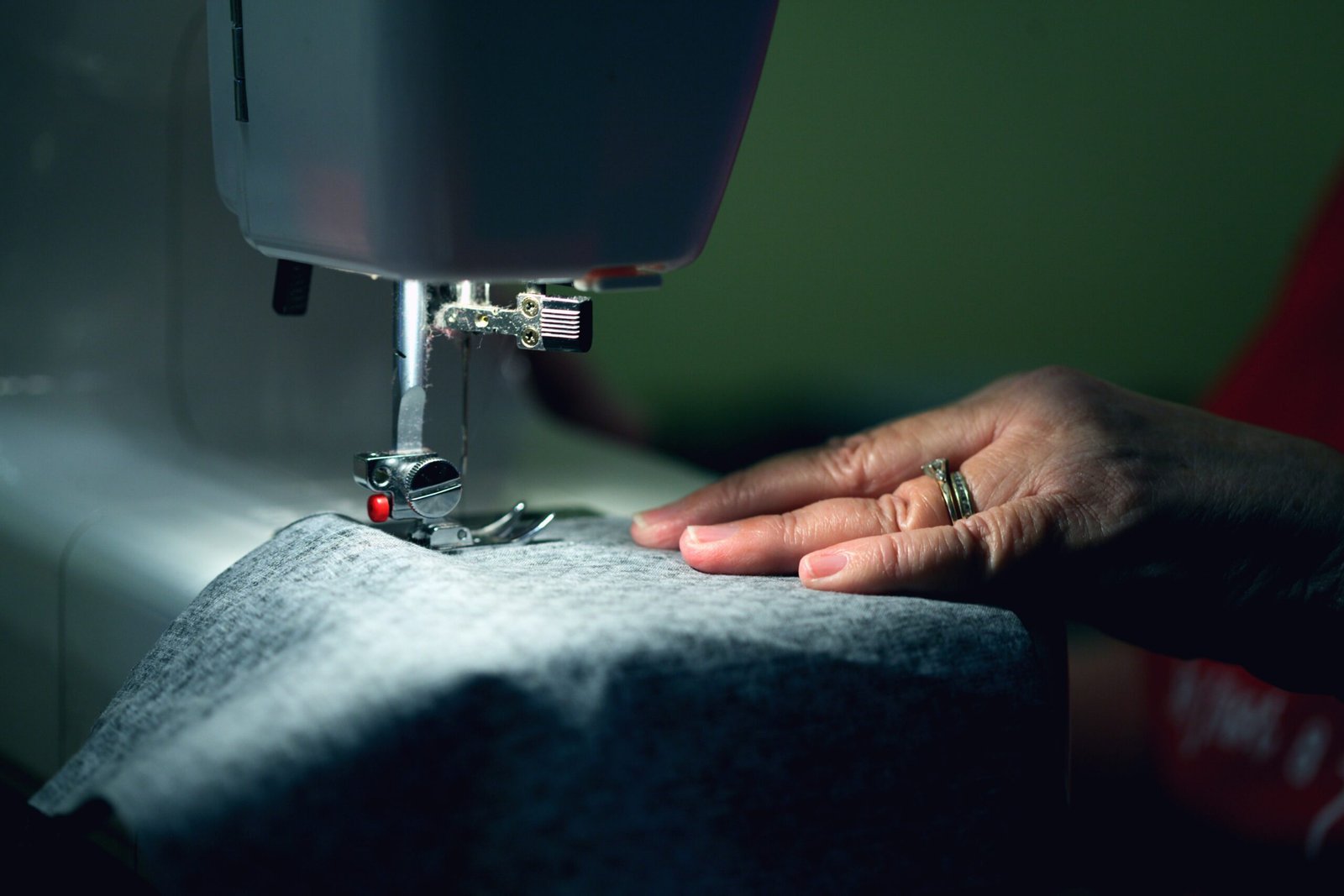Artificial Intelligence and Fashion? What Will Happen
Artificial Intelligence (AI) has been a transformative force across various industries, and fashion is no exception. As technology continues to advance, the integration of AI into the fashion landscape is becoming increasingly profound. AI is redefining the way we design, produce, and consume fashion, ushering in an era of unprecedented innovation and efficiency. This digital revolution is characterized by the adoption of new technologies and methodologies that are reshaping the entire fashion ecosystem.
The history of AI in fashion can be traced back to the early days of simple algorithms used for trend forecasting and inventory management. These rudimentary applications have evolved significantly, paving the way for sophisticated AI systems capable of intricate tasks. For instance, AI-powered tools now assist designers in conceptualizing new styles by analyzing vast amounts of data on fashion trends, consumer preferences, and market demands. This allows for a more data-driven approach to creativity, enhancing the precision and relevance of fashion collections.
Moreover, AI’s impact extends to various facets of the fashion industry, including supply chain optimization, personalized shopping experiences, and sustainable practices. Machine learning algorithms are being employed to optimize supply chains by predicting demand, reducing waste, and improving inventory management. In retail, AI-driven personalization engines curate individualized shopping experiences, recommending products tailored to consumers’ unique tastes and preferences. This level of customization not only enhances customer satisfaction but also drives sales and brand loyalty.
Furthermore, AI is playing a crucial role in promoting sustainability within the fashion industry. By leveraging data analytics, companies can make more informed decisions about materials and production processes, thereby minimizing their environmental footprint. For example, AI can identify patterns in consumer returns, helping brands to refine their designs and reduce overproduction.
In essence, the integration of AI into fashion is not merely a trend but a significant evolution that is set to redefine the industry. As we delve deeper into this topic, we will explore the various ways in which AI is revolutionizing fashion, offering insights into the future of this dynamic field.
AI in Fashion Design
Artificial Intelligence has revolutionized various industries, and the fashion sector is no exception. In the design phase, AI is being used to predict trends, create designs, and generate new styles by leveraging vast amounts of data. This transformative technology allows designers to make informed decisions, ensuring their creations resonate with current market demands and consumer preferences.
One of the primary ways AI aids in fashion design is through trend prediction. By analyzing data from social media, fashion shows, and retail sales, AI algorithms can identify emerging patterns and forecast future trends. Tools such as Heuritech and Trendalytics utilize machine learning to provide designers with insights into what styles, colors, and fabrics will be in vogue in upcoming seasons. This predictive capability enables designers to stay ahead of the curve and cater to the ever-evolving tastes of their audience.
Moreover, AI-driven software like CLO and Optitex facilitates the creation of digital garments, allowing designers to visualize their ideas in 3D before producing physical prototypes. These tools not only save time and resources but also foster innovation by enabling designers to experiment with new concepts and materials in a virtual environment. The ability to tweak designs in real-time and receive instant feedback accelerates the creative process and enhances overall efficiency.
Several fashion brands and designers are already harnessing the power of AI to elevate their design processes. For instance, Tommy Hilfiger collaborates with IBM and the Fashion Institute of Technology to utilize AI in identifying trends and consumer preferences. Meanwhile, renowned designer Alexander McQueen employs AI to generate unique patterns and textures that push the boundaries of traditional fashion design. These examples underscore the potential of AI to augment human creativity and revolutionize the fashion industry.
In conclusion, AI in fashion design is not merely a futuristic concept but a present reality that is reshaping the industry. By harnessing AI tools and software, fashion designers can predict trends, create innovative designs, and streamline their creative processes, ultimately leading to more efficient and inspired fashion creation.
AI in Fabric and Material Innovation
Artificial intelligence is revolutionizing the fabric and material innovation landscape in the fashion industry. One of the most notable advancements is the development of smart textiles. These innovative fabrics are embedded with digital components such as sensors and conductive threads, enabling them to react to environmental stimuli. For instance, companies like Google and Levi’s have collaborated to create a smart jacket that allows users to interact with their smartphones through touch-sensitive fabric. Similarly, Myant’s SKIIN smart clothing integrates biometric sensors to monitor health metrics, showcasing the potential of AI in enhancing the functionality of everyday garments.
In addition to smart textiles, AI is driving the creation of environmentally friendly materials. As the fashion industry grapples with sustainability challenges, AI-powered solutions are emerging to address these concerns. Startups like Algiknit are leveraging AI to produce biodegradable yarns from kelp, significantly reducing the environmental footprint of textile production. Similarly, Modern Meadow employs biofabrication techniques driven by AI to create lab-grown leather, offering a cruelty-free and sustainable alternative to traditional leather.
AI is also playing a pivotal role in fabric testing and quality control. Machine learning algorithms can analyze vast datasets to predict fabric behavior, durability, and performance, ensuring higher quality standards. Companies such as Sewbo are utilizing AI-driven robotics to test the tensile strength and elasticity of fabrics, thereby minimizing human error and enhancing precision. Moreover, AI-powered imaging systems can detect minute defects in fabrics, ensuring only top-quality materials are used in production.
Overall, the integration of AI in fabric and material innovation is paving the way for groundbreaking advancements in the fashion industry. From smart textiles and sustainable materials to enhanced quality control, AI’s influence is undeniable, shaping the future of fashion in unprecedented ways.
Artificial Intelligence (AI) is transforming the fashion industry in numerous ways, one of the most significant being personalized shopping experiences. Through the use of machine learning algorithms and data analysis, AI can understand and predict customer preferences and behavior with remarkable accuracy. This enables brands to offer highly customized recommendations, enhancing the overall shopping experience.
Machine learning algorithms analyze vast amounts of data, including purchase history, browsing patterns, and social media interactions. By parsing through this data, AI systems can identify trends and preferences unique to each customer. For instance, if a shopper frequently buys floral patterns, the AI system will prioritize suggesting similar styles, thereby increasing the likelihood of a purchase. Additionally, these algorithms are constantly learning and updating their recommendations based on new data, ensuring that the suggestions remain relevant and personalized.
Several brands and platforms are excelling in providing these customized shopping experiences. Companies like Stitch Fix use AI to offer personalized styling services. Clients fill out a detailed questionnaire about their fashion preferences, and the company’s algorithms, combined with human stylists, curate a selection of clothing and accessories tailored to individual tastes. Another example is Amazon, which utilizes machine learning to recommend products based on a user’s browsing and purchasing history, thereby creating a more seamless and efficient shopping experience.
Similarly, e-commerce platforms like Zalando and ASOS have integrated AI to enhance personalization. Zalando’s Algorithmic Fashion Companion provides shoppers with outfit suggestions based on the latest trends and individual preferences. ASOS, on the other hand, uses AI to offer personalized product recommendations and even virtual try-on features, allowing customers to see how clothes will look on them before making a purchase.
In essence, AI-powered personalized shopping experiences are reshaping how consumers interact with fashion brands. By leveraging machine learning algorithms and data analysis, companies can offer more tailored and satisfying shopping experiences, ultimately driving customer loyalty and increasing sales.
AI in Fashion Marketing and Sales
Artificial intelligence (AI) is revolutionizing fashion marketing and sales by offering innovative tools that optimize strategies and bolster customer engagement. One of the most significant impacts of AI in fashion marketing is the ability to deliver highly personalized marketing campaigns. AI-powered tools analyze vast amounts of customer data to identify trends and preferences, allowing brands to tailor their marketing messages to individual consumers. This level of personalization not only enhances the shopping experience but also drives higher conversion rates.
Chatbots and virtual assistants are at the forefront of AI’s influence in fashion marketing. These AI-driven tools provide immediate customer support, answer queries, and offer product recommendations based on real-time data analysis. By offering 24/7 assistance, chatbots and virtual assistants ensure that customers receive timely and relevant information, which significantly improves customer satisfaction and retention. Additionally, these tools free up human resources, allowing staff to focus on more complex tasks.
Predictive analytics is another powerful application of AI in fashion marketing. By analyzing historical data and current market trends, predictive analytics can forecast future sales and customer behavior. This enables fashion brands to make informed decisions about inventory management, pricing strategies, and marketing efforts. For instance, predictive analytics can help identify which products are likely to be popular in the coming season, allowing brands to stock their inventories accordingly and avoid overproduction or stockouts.
Moreover, AI-powered recommendation engines enhance the shopping experience by suggesting products that align with a customer’s preferences and past purchases. These engines leverage machine learning algorithms to sift through vast product catalogs, presenting customers with options they are likely to appreciate. This not only increases the likelihood of a sale but also encourages customers to explore and purchase additional items, boosting overall sales.
In essence, AI is transforming fashion marketing and sales by providing tools that enhance personalization, streamline customer interactions, and offer valuable insights through predictive analytics. As AI technology continues to evolve, its role in fashion marketing and sales is expected to become even more integral, driving the industry towards more efficient and customer-centric practices.
Sustainability and Ethical Fashion
Artificial Intelligence (AI) is playing a pivotal role in transforming the fashion industry towards a more sustainable and ethical future. One of the key ways AI is contributing to sustainability is through waste reduction. By leveraging AI-driven analytics, fashion companies can predict consumer demand with greater accuracy, thereby minimizing overproduction and excess inventory. This predictive capability helps in reducing the significant amount of waste that traditionally plagues the fashion industry.
In addition to waste reduction, AI is optimizing supply chains, making them more efficient and eco-friendly. AI algorithms can analyze vast amounts of data to identify the most sustainable sourcing options, streamline logistics, and improve inventory management. This not only reduces the carbon footprint associated with transportation and storage but also ensures that materials are sourced responsibly. For instance, AI can track and verify the origins of raw materials, ensuring they are ethically sourced and meet environmental standards.
Several initiatives and companies are at the forefront of integrating AI into sustainable fashion practices. For example, H&M has implemented AI technology to enhance its supply chain efficiency and reduce waste. Similarly, the startup company, Reformation, uses AI to analyze customer data and trends to produce only what is needed, thereby minimizing waste. Another notable initiative is the use of AI by the company, EON, which has developed a digital identity for garments, enabling better tracking and recycling processes.
Moreover, AI is also promoting eco-friendly practices by driving the adoption of sustainable materials. Through advanced material science, AI can help discover and develop new eco-friendly fabrics that are both durable and biodegradable. This innovation is essential in reducing the environmental impact of fashion products throughout their lifecycle.
As AI continues to evolve, its applications in sustainable and ethical fashion will likely expand, offering new opportunities for the industry to minimize its environmental footprint and promote more responsible consumption practices.
Challenges and Ethical Considerations
The integration of artificial intelligence in the fashion industry brings forth a myriad of challenges and ethical considerations. One of the most pressing issues is data privacy. As AI systems rely heavily on vast amounts of personal data to make accurate predictions and recommendations, the risk of data breaches and misuse of information becomes significant. Ensuring robust data protection measures and transparent data usage policies is crucial to maintain consumer trust and comply with legal requirements.
Another major concern is job displacement. With AI’s ability to automate various tasks within the fashion supply chain, from design to manufacturing and retail, there is a legitimate fear that many jobs may become obsolete. While AI can augment human creativity and efficiency, it is essential to consider strategies for workforce reskilling and upskilling to mitigate the adverse effects on employment.
The risk of over-reliance on technology also warrants attention. AI systems, while powerful, are not infallible and can sometimes produce biased or erroneous results. Over-dependence on AI could stifle human creativity and lead to homogenized fashion trends. It is vital to strike a balance where AI serves as a tool to enhance human capabilities rather than replace them entirely.
Despite these challenges, the integration of AI in fashion also offers numerous benefits. AI can streamline operations, improve supply chain efficiency, and provide personalized experiences for consumers. However, it is imperative to navigate these advancements responsibly. Ethical considerations should be at the forefront of AI development and implementation in fashion, ensuring that technology serves to enhance human welfare rather than compromise it.
By addressing these challenges and maintaining a balanced approach, the fashion industry can harness the power of AI while mitigating potential drawbacks. This requires ongoing dialogue among stakeholders, including policymakers, industry leaders, and consumers, to create a sustainable and ethically sound future for fashion.
Future Trends and Predictions
The future of artificial intelligence (AI) in the fashion industry promises to be both transformative and dynamic. As AI technologies continue to evolve, they are expected to bring about significant changes in various aspects of fashion, from design and production to marketing and retail.
One emerging trend is the use of AI in personalized fashion recommendations. With the help of sophisticated algorithms and data analytics, AI can analyze consumer preferences, purchase history, and even social media activity to provide highly tailored fashion suggestions. This not only enhances the shopping experience but also increases customer satisfaction and loyalty.
Another potential innovation is the incorporation of AI in the design process. Designers can leverage AI tools to generate new patterns, predict fashion trends, and even create virtual prototypes. These AI-driven design solutions can streamline the creative process, reduce production costs, and minimize waste by ensuring that only designs with high market potential are produced.
AI is also expected to play a crucial role in supply chain optimization. By analyzing data from various sources, AI can predict demand, manage inventory levels, and optimize logistics. This can lead to more efficient production cycles, reduced lead times, and lower costs, ultimately benefiting both retailers and consumers.
Experts believe that AI will continue to revolutionize fashion retail through the use of virtual fitting rooms and augmented reality (AR). These technologies allow customers to visualize how clothes will look and fit without physically trying them on, thus enhancing the online shopping experience and reducing return rates.
Additionally, AI-powered chatbots and virtual assistants are becoming increasingly prevalent in customer service. These tools can handle a wide range of inquiries, provide styling advice, and assist with purchase decisions, making the shopping process more seamless and enjoyable for consumers.
In conclusion, the integration of AI in the fashion industry is set to bring about unprecedented changes. From personalized recommendations and AI-driven design to supply chain optimization and advanced retail technologies, AI’s influence on fashion is poised to grow significantly in the coming years. As experts continue to explore new applications and refine existing technologies, the fashion landscape will undoubtedly be reshaped by the power of artificial intelligence.
Conclusion and Main Tags
Throughout this blog post, we have explored the multifaceted ways in which artificial intelligence is revolutionizing the fashion industry. From enhancing fashion design through AI tools and smart textiles to transforming personalized shopping experiences with predictive analytics, the impact of AI in fashion is undeniable. AI’s ability to analyze vast amounts of data enables fashion brands to stay ahead of trends, optimize their supply chains, and engage customers more effectively through virtual assistants and chatbots.
Moreover, AI is playing a crucial role in promoting sustainable and ethical fashion practices. By leveraging machine learning, fashion companies can innovate with new fabrics, reduce waste, and optimize resource usage, thereby contributing to a more responsible fashion ecosystem. The integration of AI in fashion marketing is also reshaping how brands connect with their audience, offering highly personalized and engaging experiences.
As we look to the future, the potential for AI to further transform the fashion industry appears limitless. With continuous advancements in technology, fashion professionals can expect even more innovative solutions that will redefine fashion design, production, and consumption. The fusion of artificial intelligence and fashion is not just a trend but a transformative shift that promises to unlock new opportunities and efficiencies for the industry.
In conclusion, the intersection of AI and fashion heralds a new era of creativity, sustainability, and consumer engagement. As AI continues to evolve, its applications in fashion will undoubtedly expand, paving the way for a future where technology and style coexist harmoniously.
Share this content:




 Italiano
Italiano English
English Español
Español